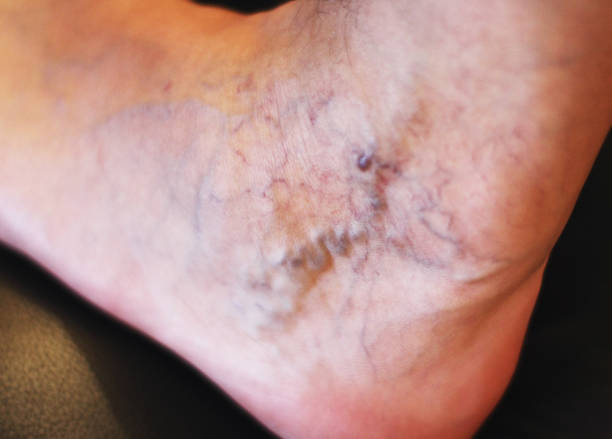Did you know that the global varicose veins treatment market is expected to surpass $1450 million by 2030? This is a clear sign of how common this condition is becoming.
Varicose veins are enlarged, twisted, and swollen veins that usually appear on the legs and feet. They’re caused by weak or damaged valves in the veins.
If you have varicose veins, it is important to understand the different stages of this condition. This will help you seek proper treatment and manage your symptoms.
In this guide, we will take a closer look at the different varicose vein stages. Read on to learn what you can expect at each stage.
Stage 1: Spider Veins
The initial stage of varicose veins is often characterized by spider veins (telangiectasia). These are small clusters of red or purple veins that are visible just under the skin. They often appear in a web-like pattern and can be seen on the legs, face, or other parts of the body.
Spider veins are usually painless and do not pose any health risks. However, they can be a cosmetic concern for some people. If left untreated, spider veins may progress to more severe stages of varicose veins.
Stage 2: Varicose Veins
As the condition progresses, the next stage is usually the appearance of varicose veins. These are larger and more prominent than spider veins. They and can be seen as bulging, twisted, or rope-like veins on the legs.
Varicose veins may cause discomfort such as:
- aching
- noticeable swelling in the legs
- itching
- burning sensation
- leg cramps
It’s important to note that not everyone with varicose veins experiences these symptoms. However, if left untreated, the condition can worsen and lead to more severe symptoms. Consider checking the best vascular procedures to manage your condition.
Stage 3: Edema
Edema is the medical term for swelling caused by excess fluid in the body’s tissues. In stage three of varicose veins, edema may occur as a result of the increased pressure in the affected veins. This can cause swelling in the legs and ankles.
The swelling may be more noticeable at the end of the day or after prolonged periods of standing or sitting. This is because the blood has a harder time flowing against gravity in the affected veins. This leads to fluid build-up.
Stage 4: Skin Changes
If left untreated, varicose veins can lead to skin changes. These may include discoloration, dryness, and thickening of the skin around the affected area.
The skin may also become itchy and irritated. These changes occur due to poor circulation and increased pressure in the affected veins.
Stage 5: Ulcers
The final stage of varicose veins is the formation of ulcers. This occurs when the skin around the affected area breaks down and becomes an open wound.
Ulcers usually develop near the ankle and can be painful, itchy, or swollen. They may also bleed or leak fluid. If left untreated, they can become infected and cause further complications.
Understanding the Varicose Vein Stages
The varicose vein stages discussed in this guide highlight the importance of early detection and treatment. If you notice any changes in your veins, it’s important to consult a doctor for proper diagnosis and management.
By understanding the different stages, you can take proactive measures to prevent your condition from worsening. Remember, the earlier you seek treatment, the better your chances of managing and reducing symptoms of varicose veins.
If you enjoyed this article, check out more articles on our blog.




